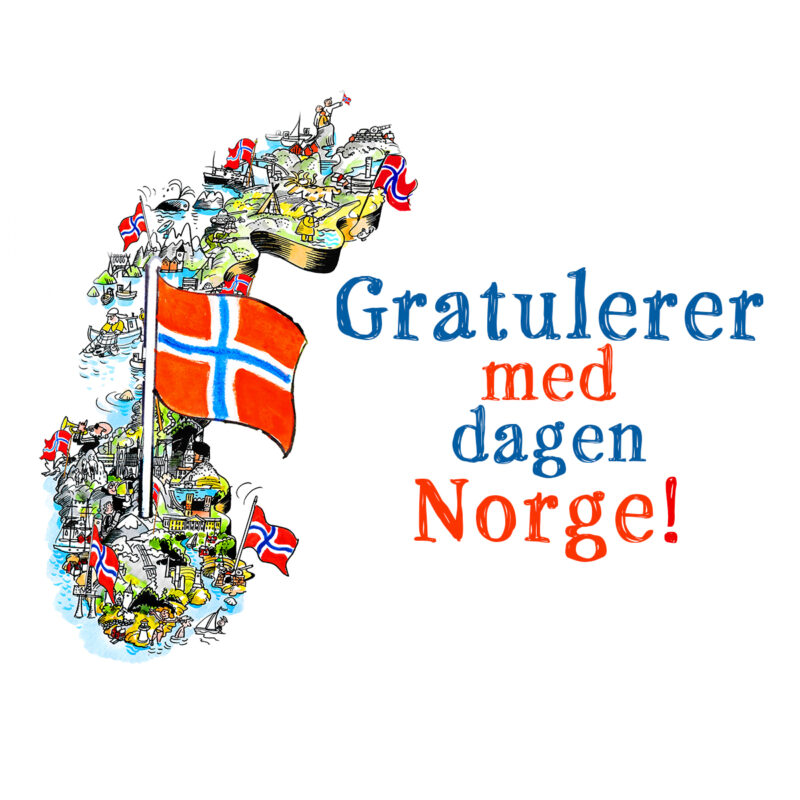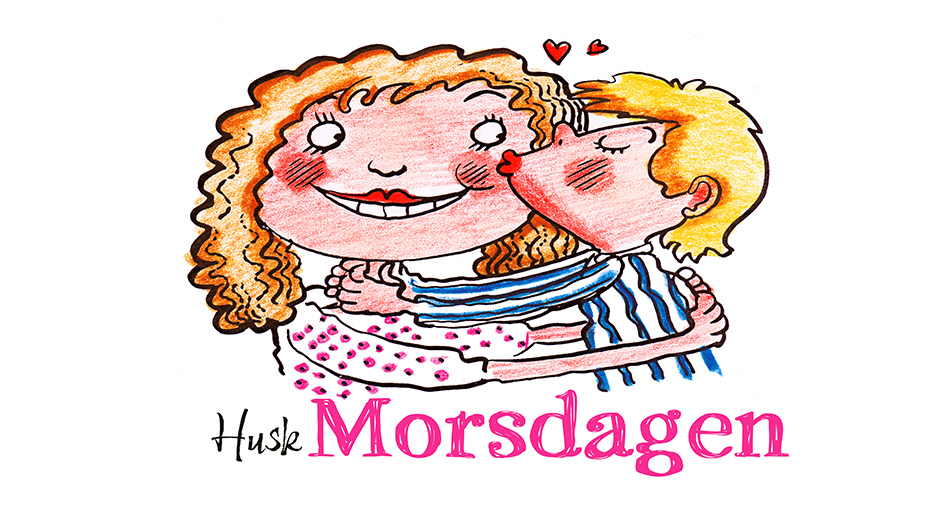Blogg
Helligdager i Norge
Helligdager i Norge
Helligdager spiller en viktig rolle i Norge, både som religiøse markeringer og som kulturelle tradisjoner. De gir oss ikke bare et pusterom fra hverdagen, men også en anledning til refleksjon, feiring og samhold. I denne artikkelen skal vi se nærmere på de offisielle helligdagene i Norge, deres betydning og hvordan de markeres.
Hva er en helligdag?
En helligdag er en dag som er anerkjent av staten som en fridag, ofte med religiøs eller historisk betydning. På helligdager er de fleste offentlige kontorer, skoler og mange private virksomheter stengt. Det er også restriksjoner på salg av alkohol og visse typer handel. Helligdagene er regulert av lovverket, nærmere bestemt “Lov om helligdager og helligdagsfred”.
Oversikt over helligdager i Norge
1. Nyttårsdag (1. januar)
Nyttårsdag markerer starten på det nye året og er en dag for ettertanke og nye begynnelser. Mange bruker dagen til å slappe av etter nyttårsaften, og det er vanlig å tilbringe tid med familie og venner.
2. Skjærtorsdag (dato varierer)
Denne dagen markerer begynnelsen på påskens høytid og minnes Jesu siste måltid med disiplene. Skjærtorsdag er en offisiell fridag i Norge, og mange benytter anledningen til å reise på påskeferie.
3. Langfredag (dato varierer)
Langfredag er dagen da Jesu korsfestelse minnes. Det er en stille og alvorlig dag i kristen tradisjon, og mange kirker holder spesielle gudstjenester.
4. 1. påskedag (dato varierer)
Denne dagen markerer Jesu oppstandelse og er den viktigste dagen i den kristne kalenderen. Mange nordmenn feirer dagen med påskefrokost, ofte med egg som et symbol på nytt liv.
5. 2. påskedag (dato varierer)
2. påskedag er en forlengelse av påskefeiringen og gir nordmenn en ekstra fridag før hverdagen begynner igjen.
6. Arbeidernes dag (1. mai)
1. mai er en internasjonal dag for arbeidernes rettigheter og solidaritet. I Norge markeres dagen med demonstrasjonstog, taler og kulturelle arrangementer.
7. Grunnlovsdagen (17. mai)
Norges nasjonaldag feires til minne om Grunnloven som ble vedtatt i 1814. 17. mai er en dag fylt med barnetog, korpsmusikk, flagg og is – en ekte folkefest over hele landet.
8. Kristi himmelfartsdag (dato varierer)
Denne dagen markerer Jesu himmelfart, 40 dager etter påske. Det er en rolig helligdag i Norge, ofte brukt til friluftsliv eller avslapning.
9. 1. pinsedag (dato varierer)
Pinsedagen markerer Den hellige ånds komme til disiplene, 50 dager etter påske. Den har en sterk religiøs betydning i kristendommen.
10. 2. pinsedag (dato varierer)
Denne dagen gir nordmenn en ekstra fridag i pinsen og brukes ofte til familieaktiviteter eller turer i naturen.
11. 1. juledag (25. desember)
Julen feires til minne om Jesu fødsel, og 1. juledag er den mest høytidelige dagen i julehøytiden. Mange tilbringer dagen i ro med nærmeste familie.
12. 2. juledag (26. desember)
Denne dagen kalles også for “Stefanusdagen” og er en mer avslappet del av julefeiringen, ofte brukt til besøk hos slektninger eller vennemiddager.
Halvoffisielle merkedager
I tillegg til de offisielle helligdagene finnes det noen andre merkedager som har fått stor betydning i Norge, selv om de ikke nødvendigvis gir fri fra arbeid:
Morsdag (andre søndag i februar)
Farsdag (andre søndag i november)
Valentinsdagen (14. februar)
Allehelgensdag (første søndag i november)










